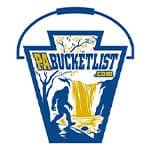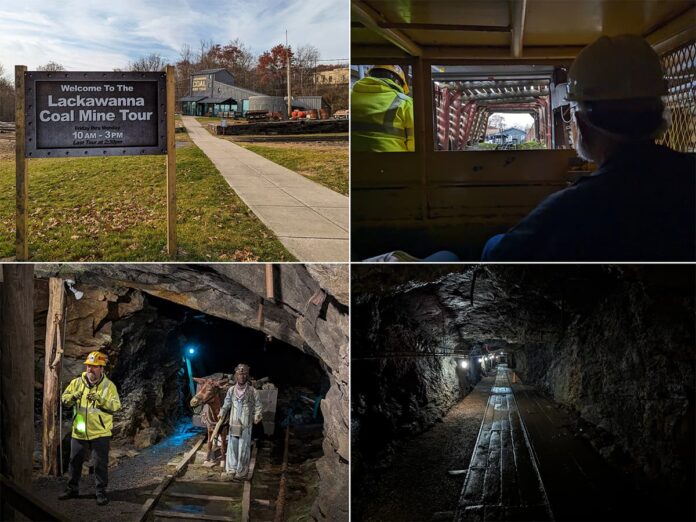
If you’re looking for information about the Lackawanna Coal Mine Tour in Scranton, you’re in the right place!
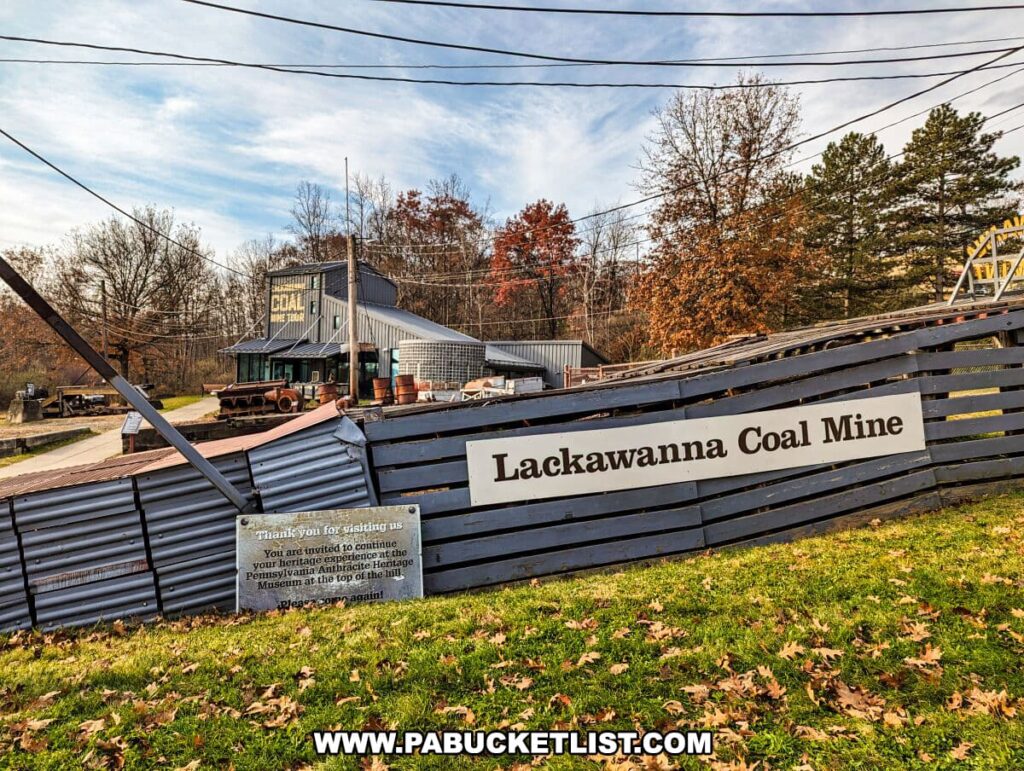
The Lackawanna Coal Mine Tour offers a rare glimpse into the life of an underground coal miner by taking visitors deep below ground into an actual anthracite coal mine.
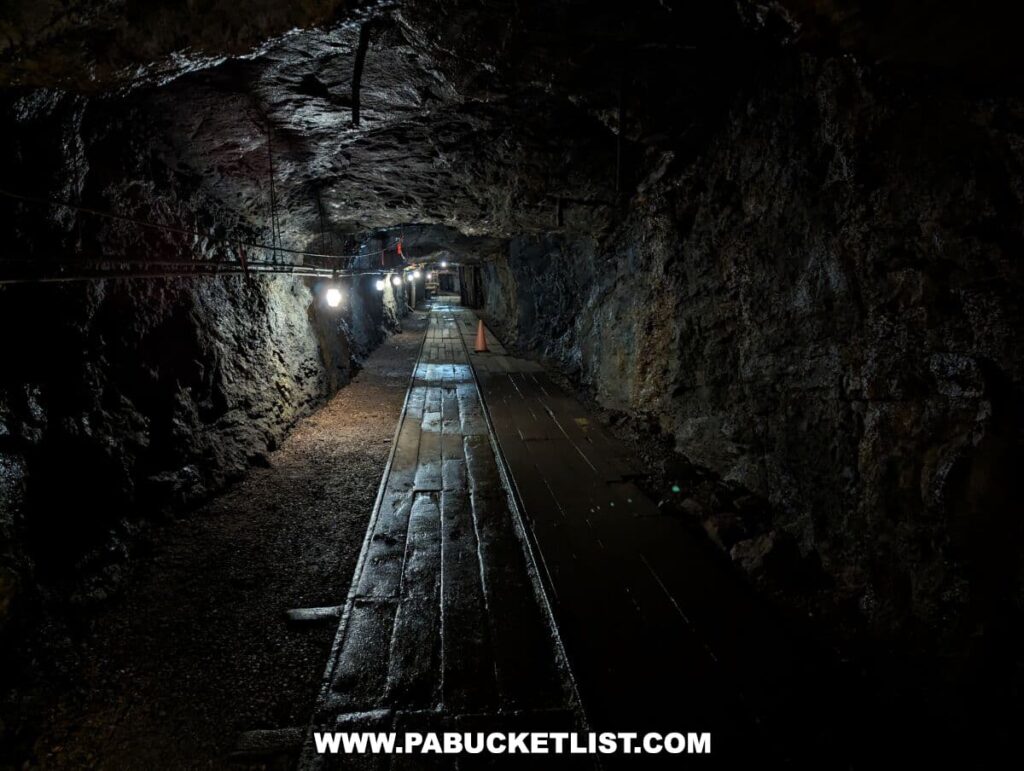
Tours are lead by former miners themselves, whos firsthand experiences and intimate knowledge of the miner’s life add a layer of realism to the journey.
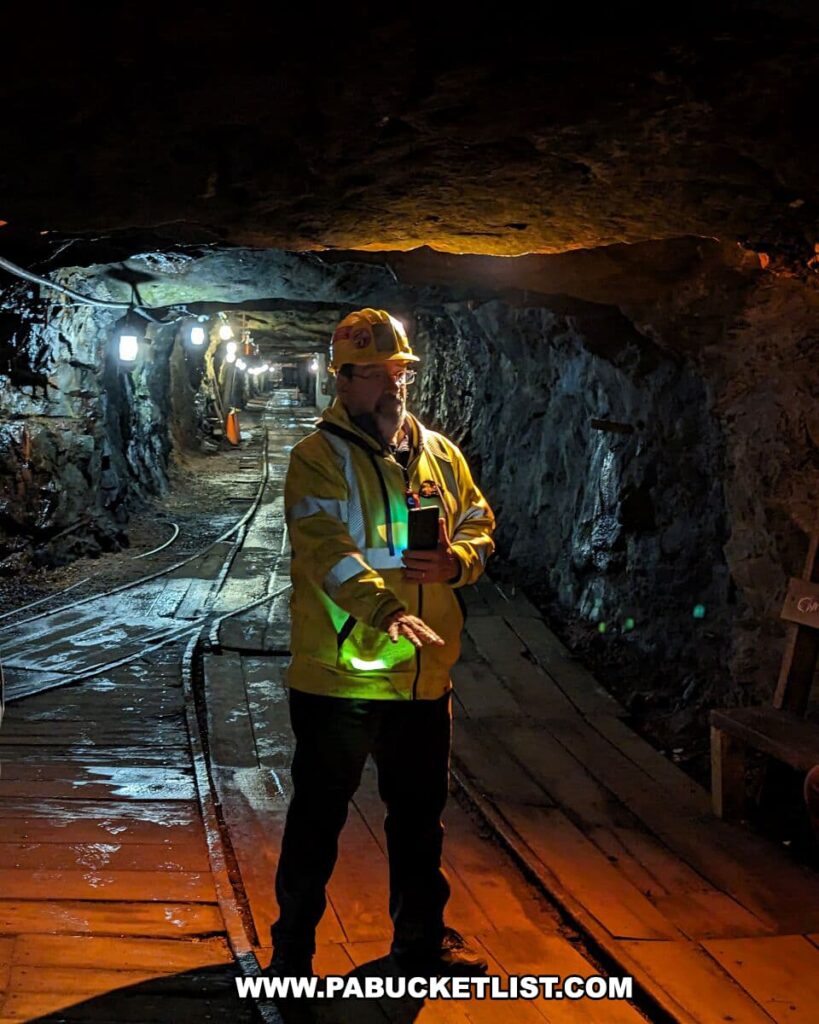
Directions | Hours |Fees
The Lackawanna Coal Mine Tour is located in Scranton’s McDade Park on Bald Mountain Road, Scranton, PA 18504.
Tours are offered April through November, Friday through Monday, from 10 am until 3 pm (last tour at 2:30 pm).
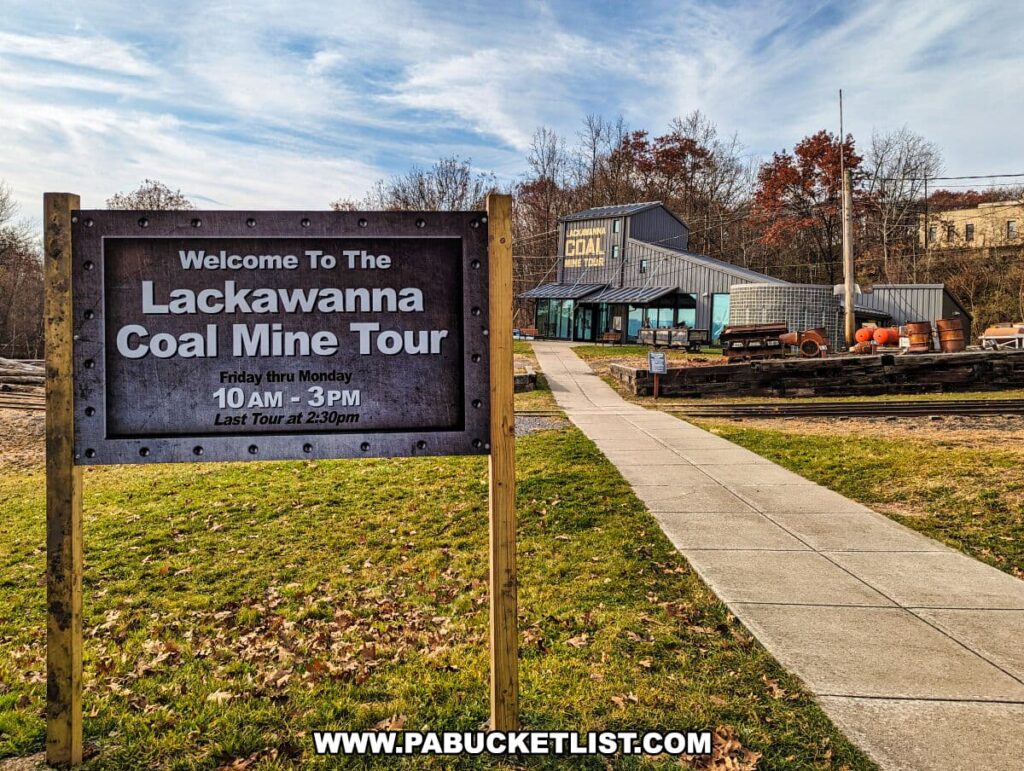
Admission fees are:
Adult (13-64): $10.00
Senior (65+): $9.50
Military: $9.00
Children (3-12): $7.50
Under 3: FREE
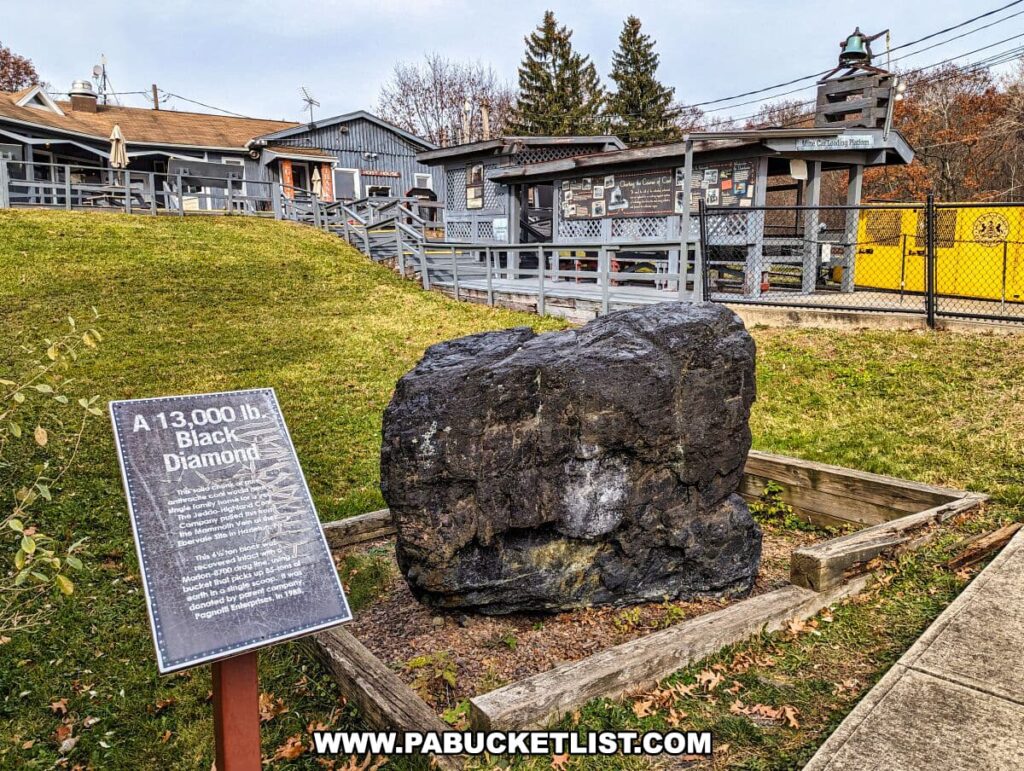
History of the Lackawanna Coal Mine
The Slope 190 mine, last of Lackawanna County’s deep mines, ceased operations in 1966.
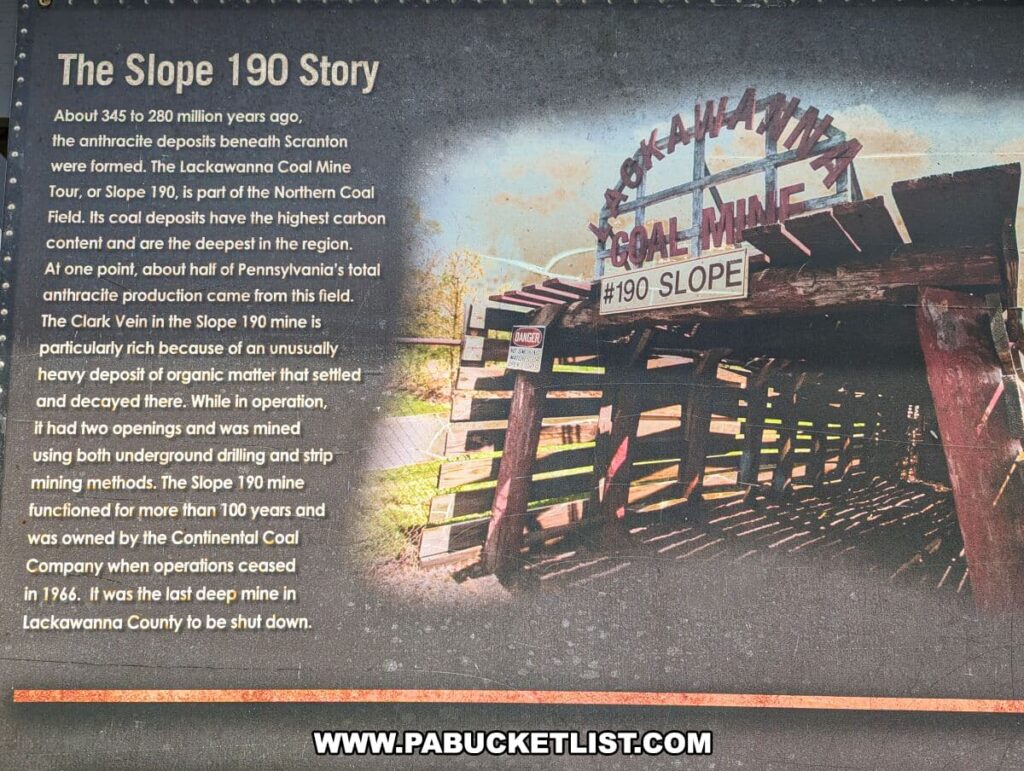
For the following twelve years, it sat unused until a significant transformation began in 1978.
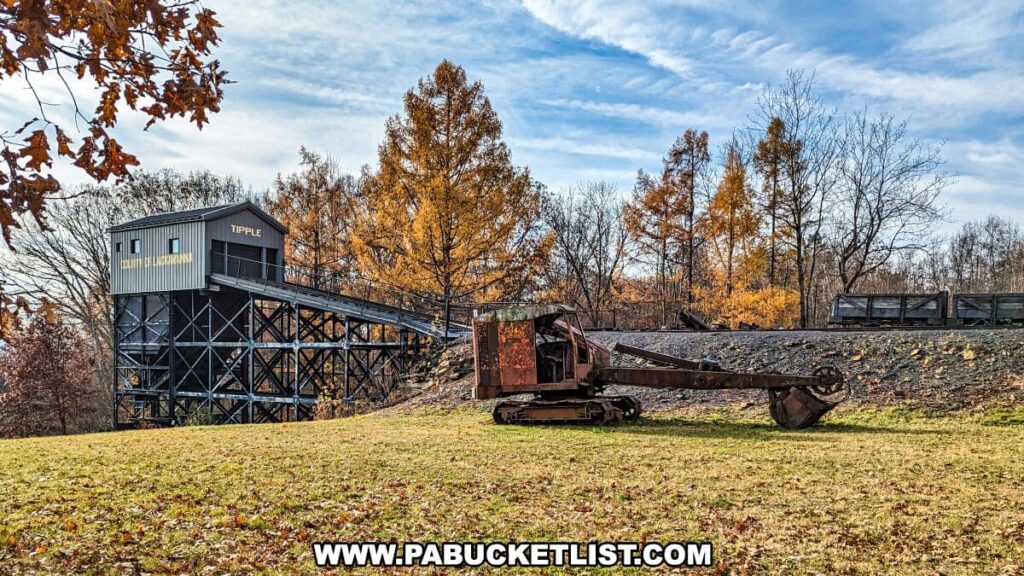
With the aid of $2.5 million in funding from the federal government, the mine transitioned into a museum, undergoing extensive renovations including debris removal, mine car track installation, electrical lighting setup, and shaft reinforcement with steel buttresses for safety.
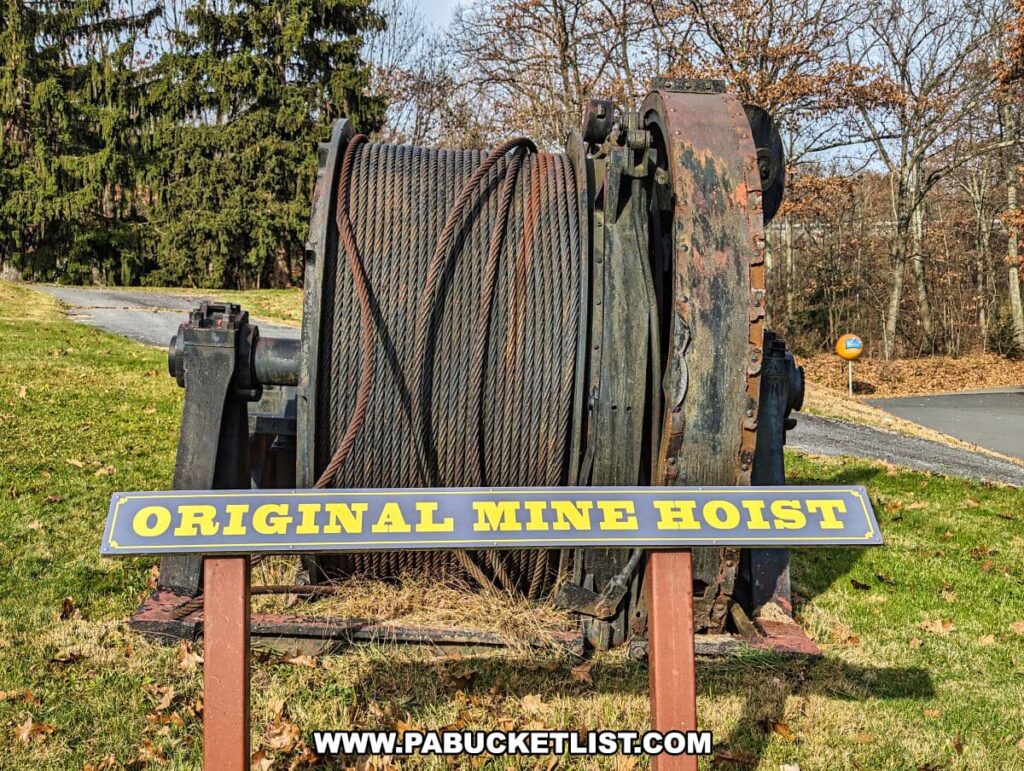
These efforts culminated in the museum’s opening to the public in 1985.
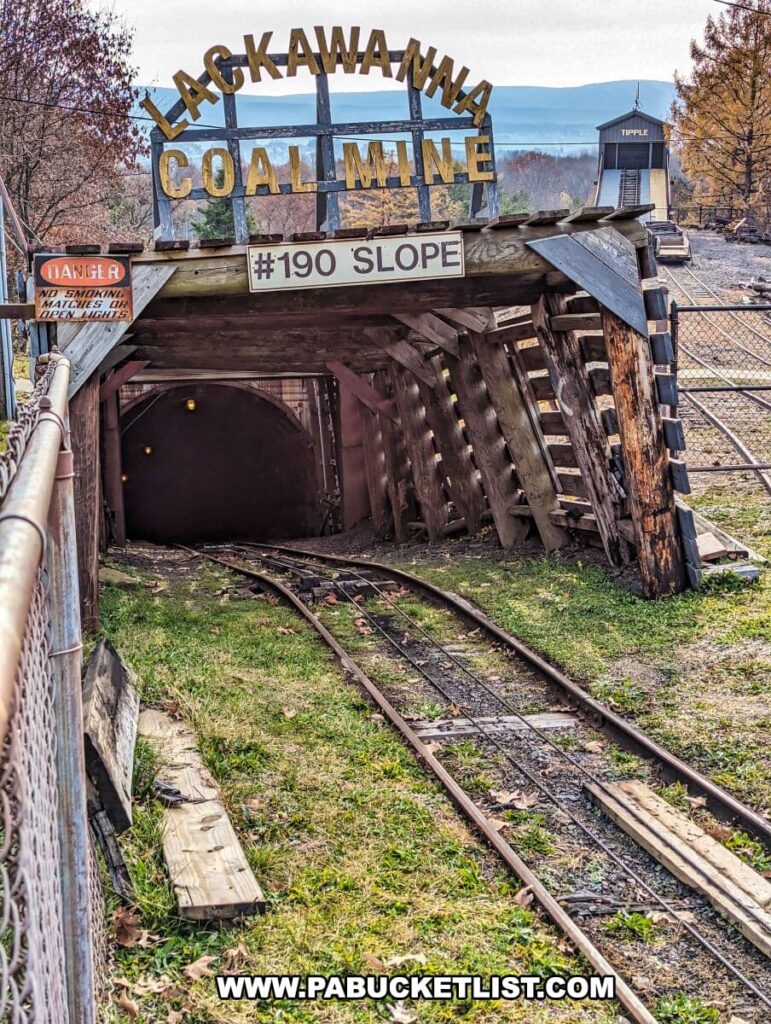
What You’ll See on the Tour
The adventure begins with visitors boarding a Mantrip car (underground personnel carrier) and descending approximately 250 feet below the ground surface through the #190 slope.
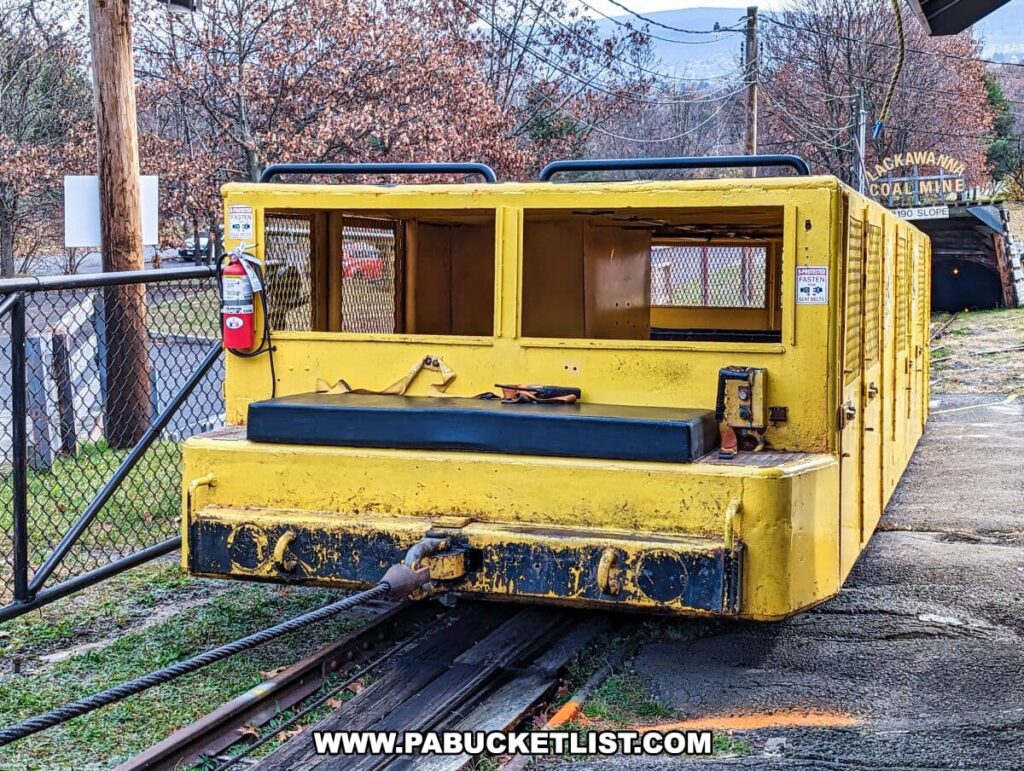
Despite being deep underground, the mine maintains a constant temperature range of 50–54 °F, ensuring a cool but comfortable experience for visitors as they traverse through the mine’s corridors.
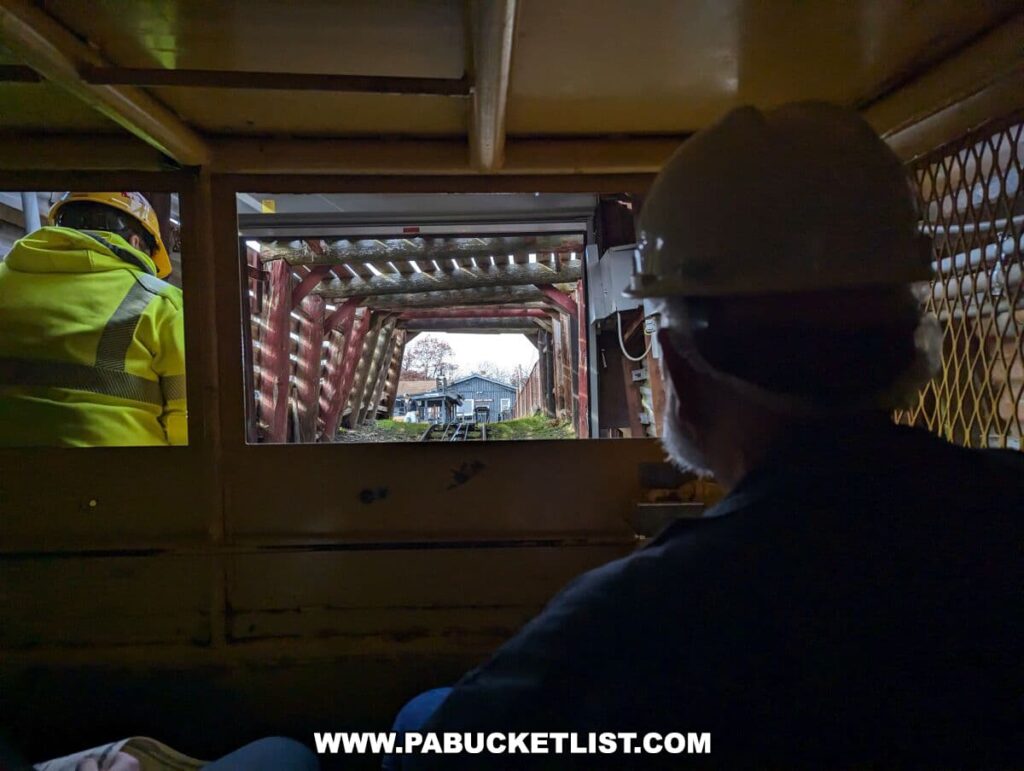
This descent leads into the Clark Vein of coal, setting the stage for an exploration that is as educational as it is awe-inspiring.
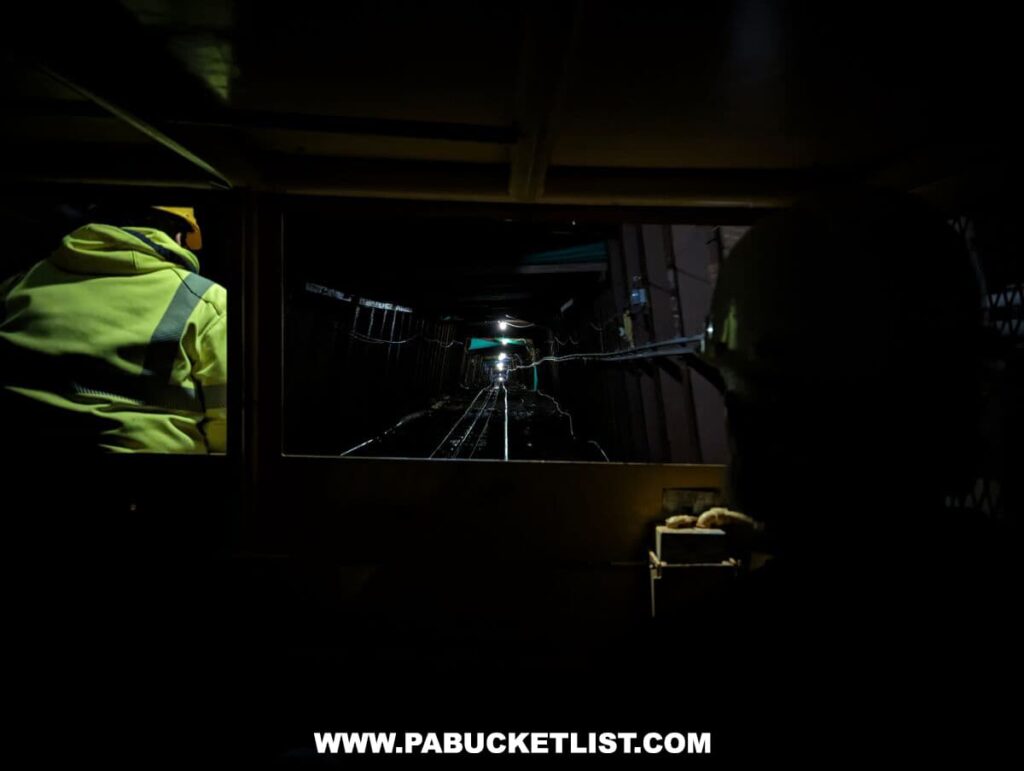
The tour continues on foot, winding through a half-mile of twisting tunnels in the mine, offering a tangible sense of the miners’ daily environment.
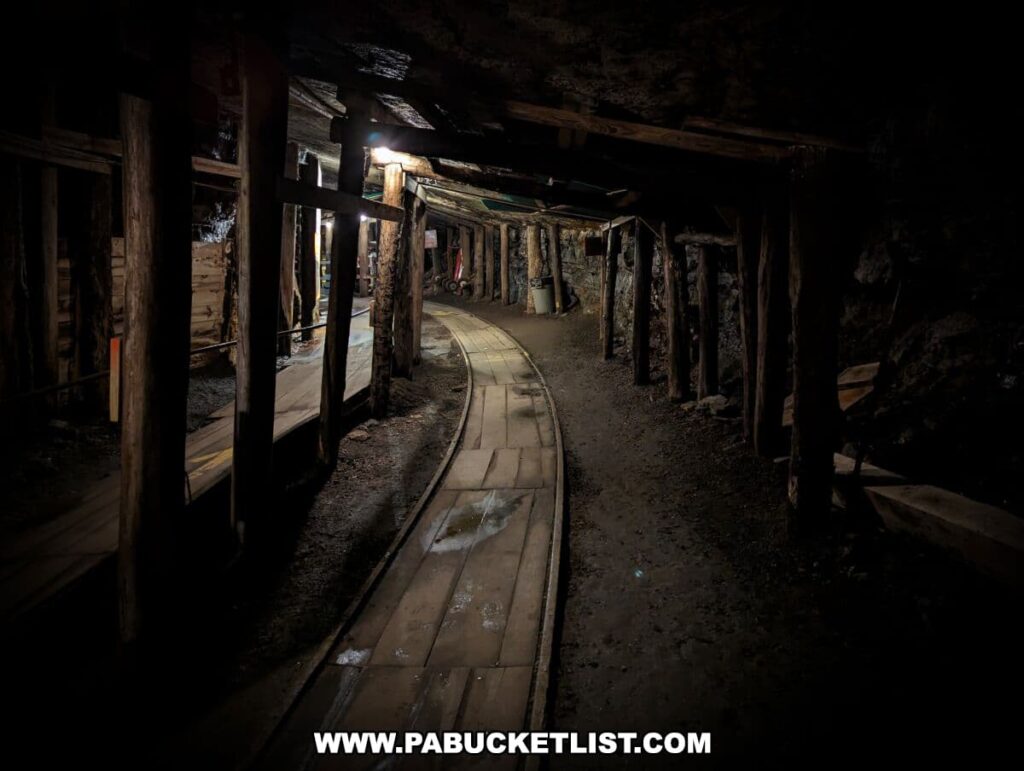
Throughout the tour, guides share insights into numerous facets of the Pennsylvania anthracite mining industry.
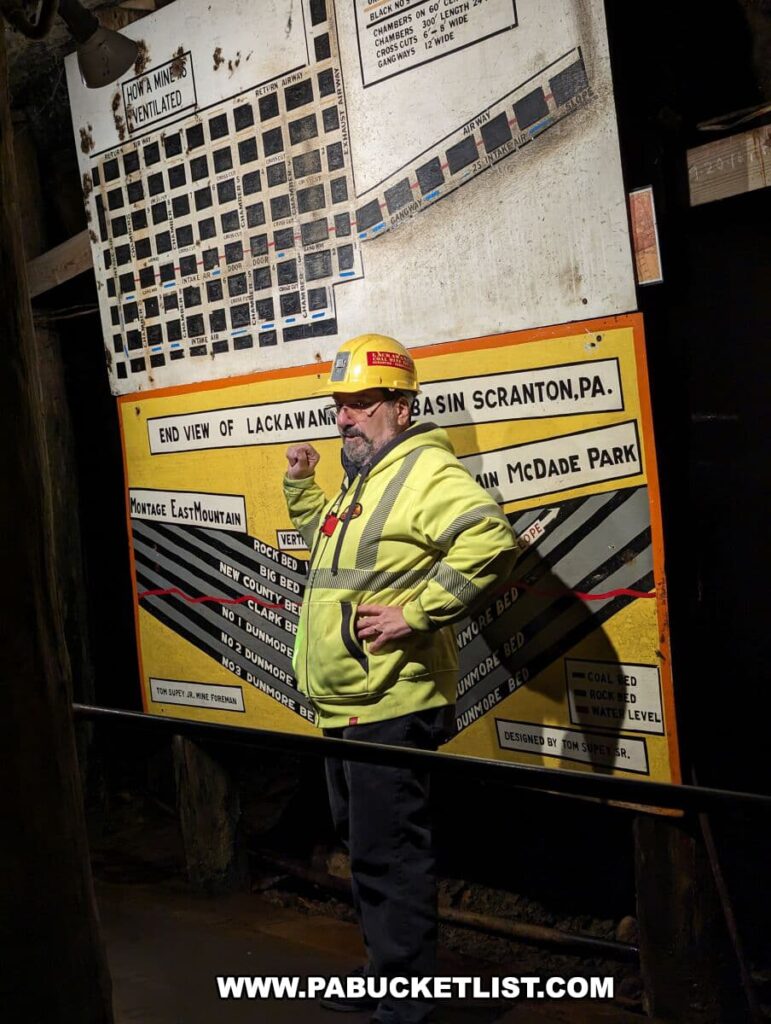
Visitors witness the stark contrast between early hand tools and later mechanized equipment, highlighting the technological advancements in mining.
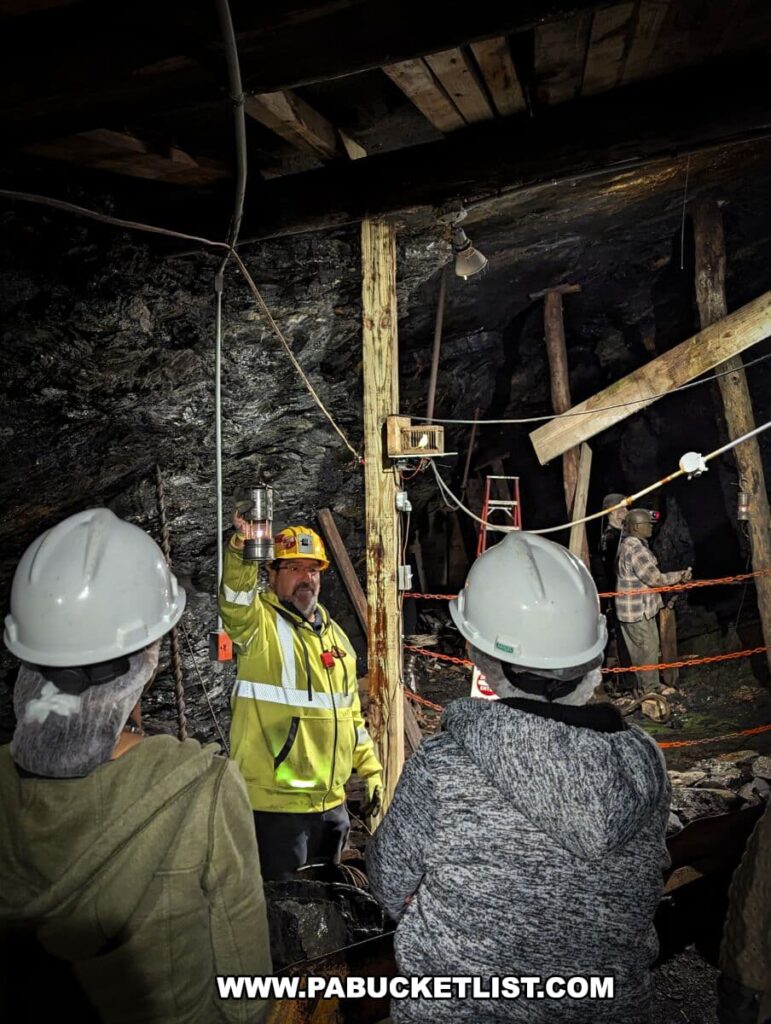
The cramped, dark conditions of the mine offer a stark reminder of the daily challenges miners endured.
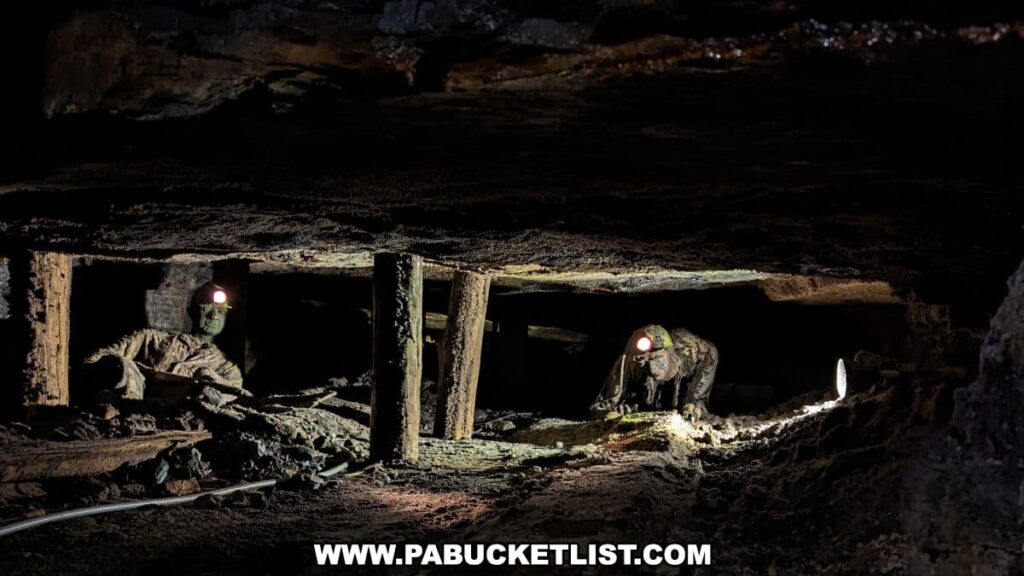
Visitors also learn about the roles of children who worked in the mines, including the “mule boys”.
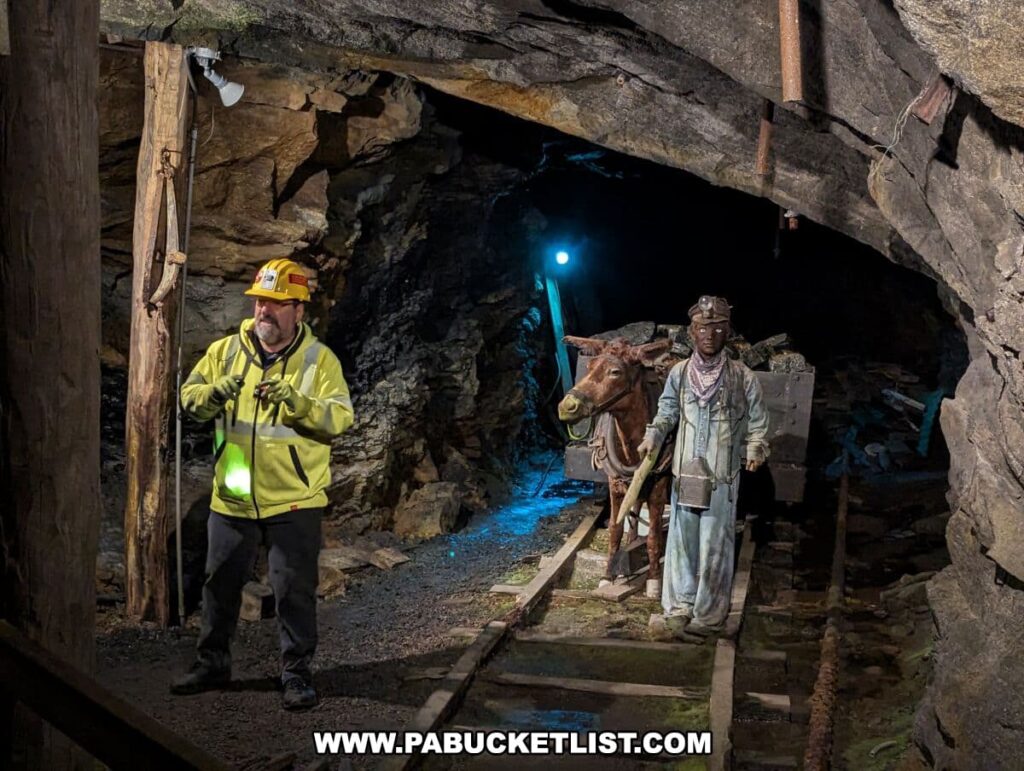
One of the most compelling aspects of the tour is the simulated blasting demonstration that reverberates throughout the mine, underscoring the perilous nature of mining work.
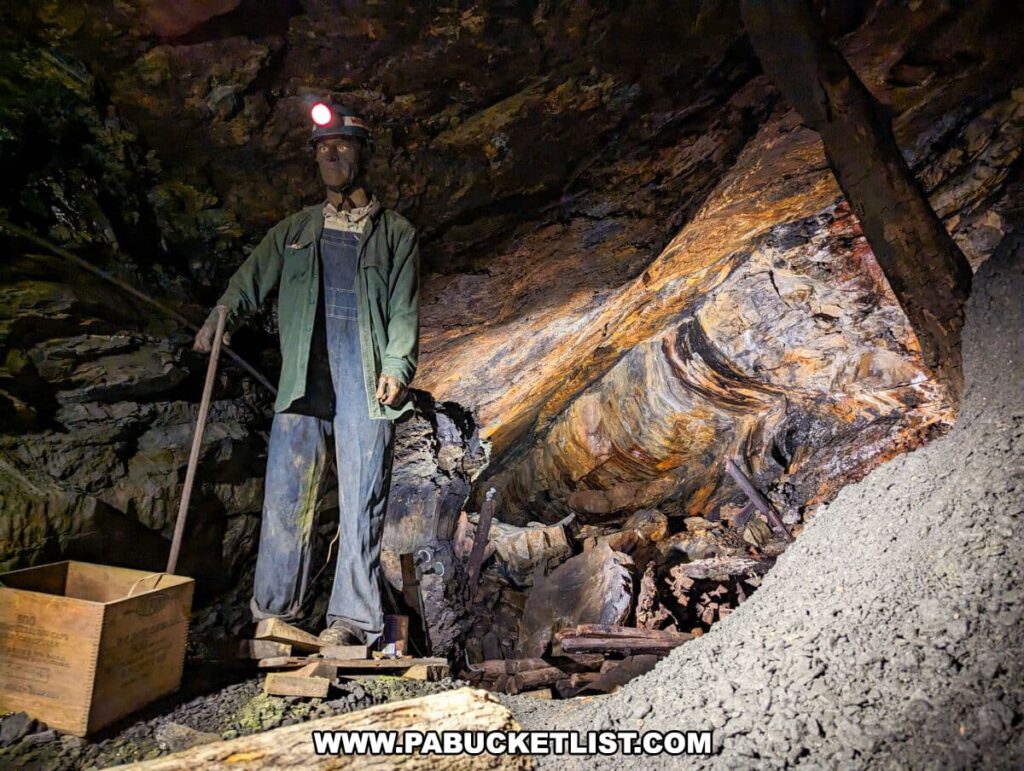
The tour also touches upon the dangers miners faced, including cave-ins, explosions, and the dreaded “black damp”, a deadly mixture of gases.
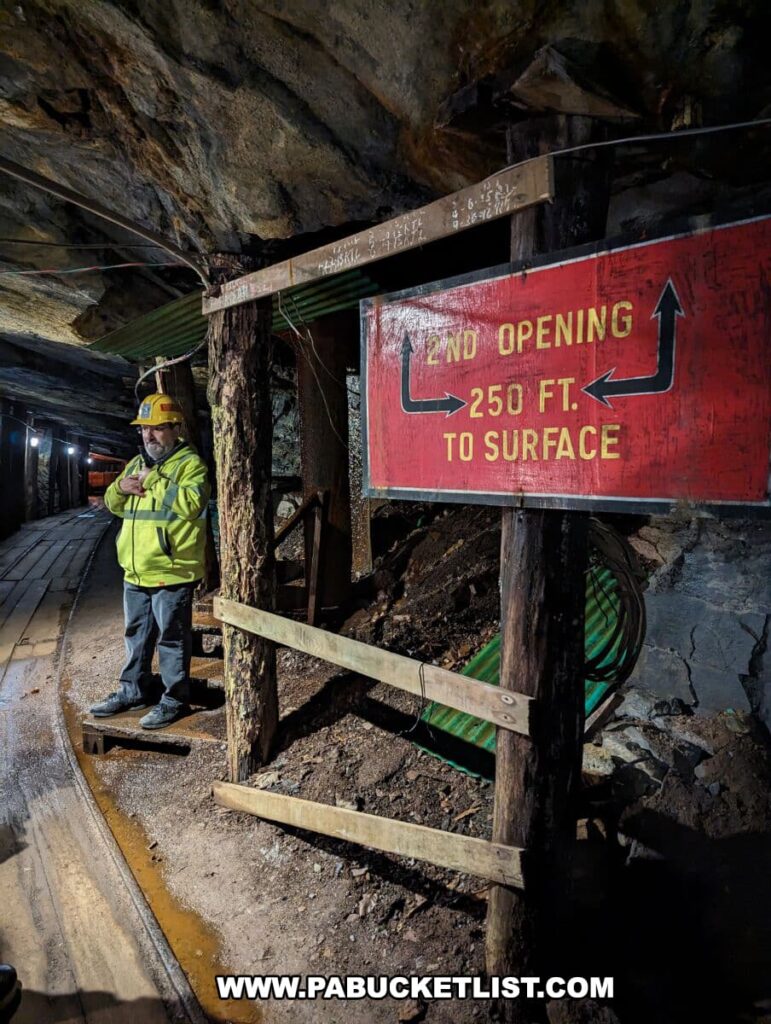
After roughly an hour underground, visitors reboard the Mantrip car for the 4 minute ride back to the surface.
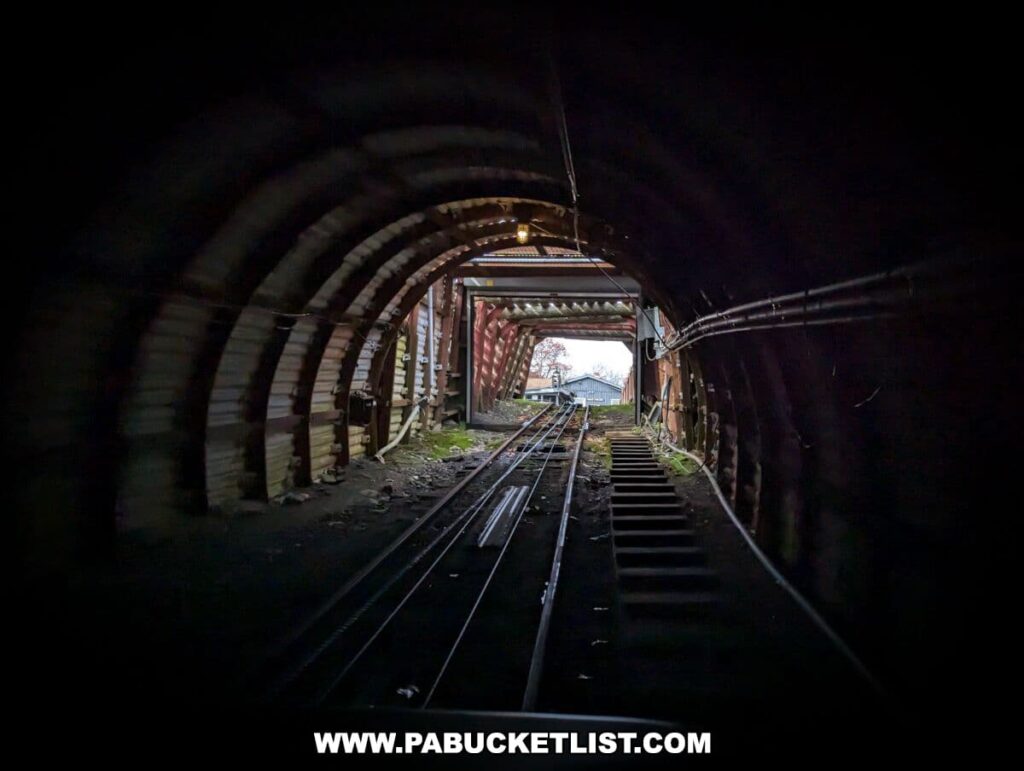
The tour’s educational aspect is further enhanced by the on-site museum/gift shop, which houses a collection of artifacts, photographs, and displays that chronicle the history of coal mining in the region.
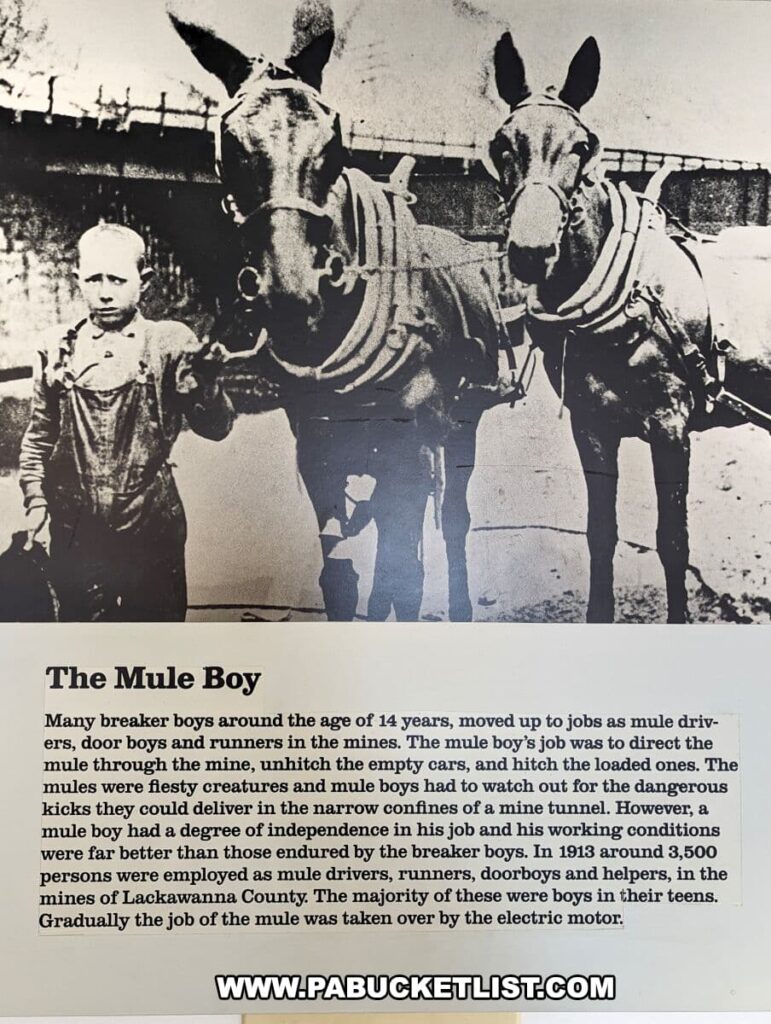
Final Thoughts
The Lackawanna Coal Mine Tour is more than just a historical excursion; it’s an homage to the legacy of coal mining in Pennsylvania and a tribute to the hardworking individuals who delved into the earth’s depths.
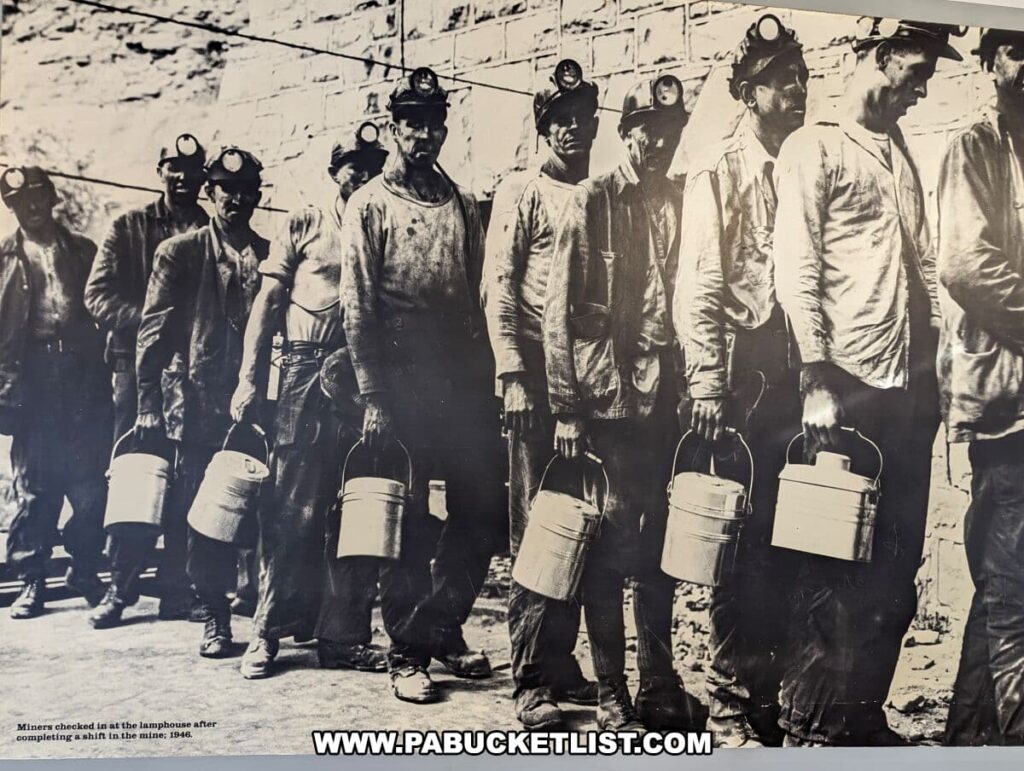
It’s an enlightening journey for anyone interested in industrial history, geology, or the human stories behind one of America’s most pivotal industries.
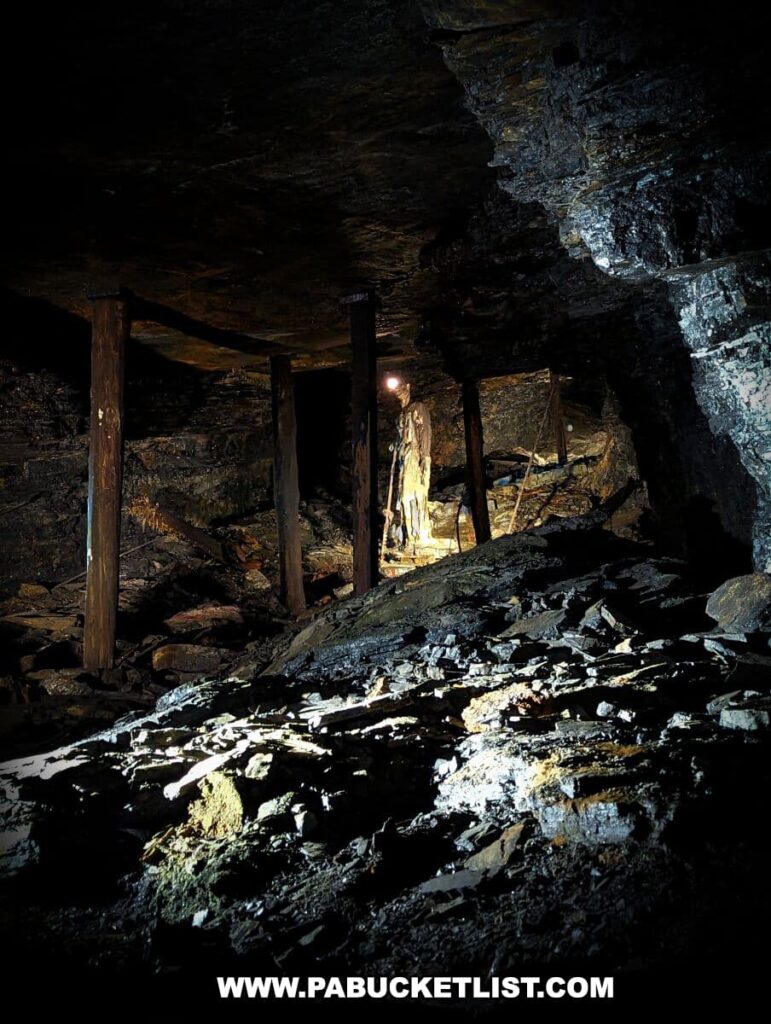
Visitors emerge with not only a deeper understanding of the mining industry but also with a profound respect for the miners’ resilience and the sacrifices they made.
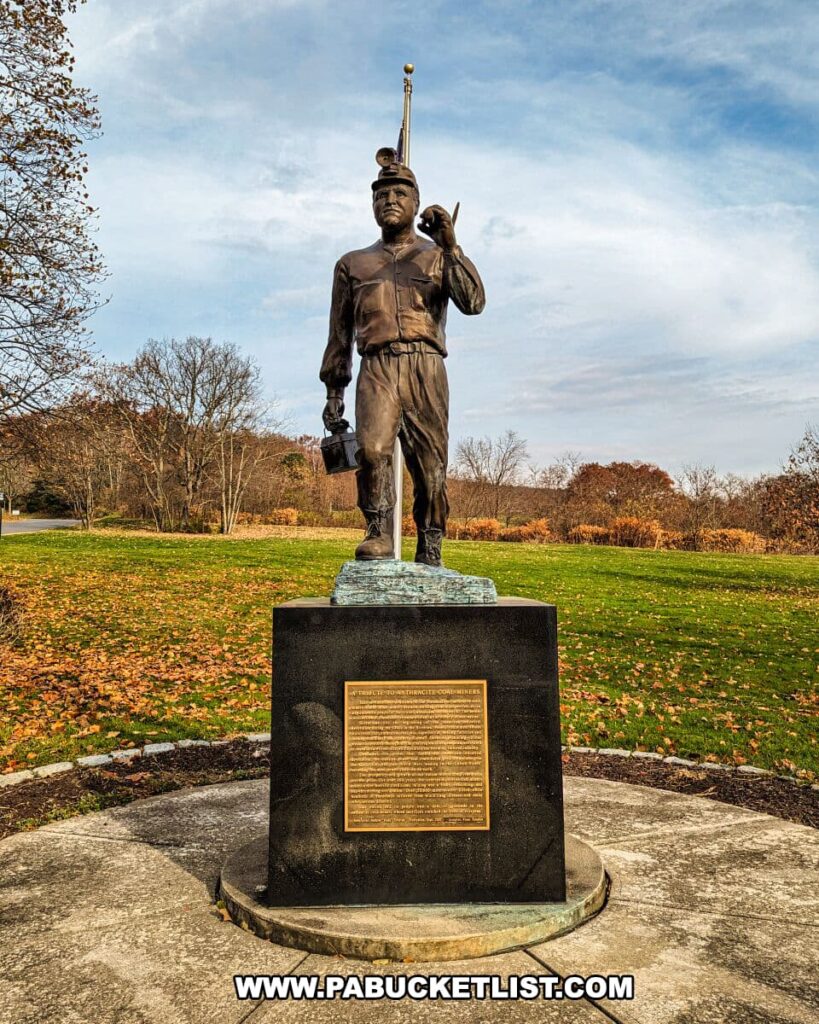
For more information on the Lackawanna Coal Mine Tour, check out the tour’s OFFICIAL WEBSITE.
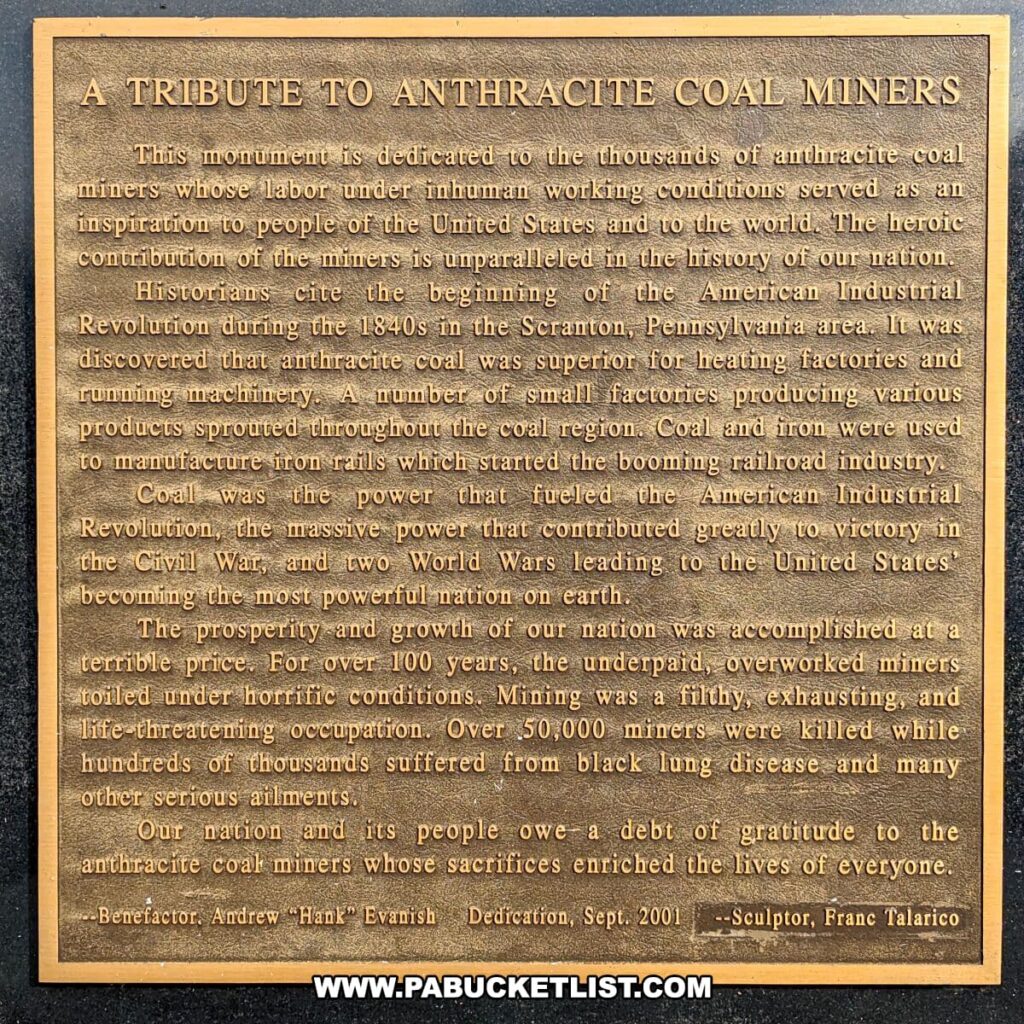
Nearby Attractions
The Anthracite Heritage Museum, adjacent to the Lackawanna Coal Mine Tour, preserves the history of the anthracite coal mining industry in northeastern PA, including the cultural legacy of the European immigrants who toiled to extract the region’s “black diamonds.”
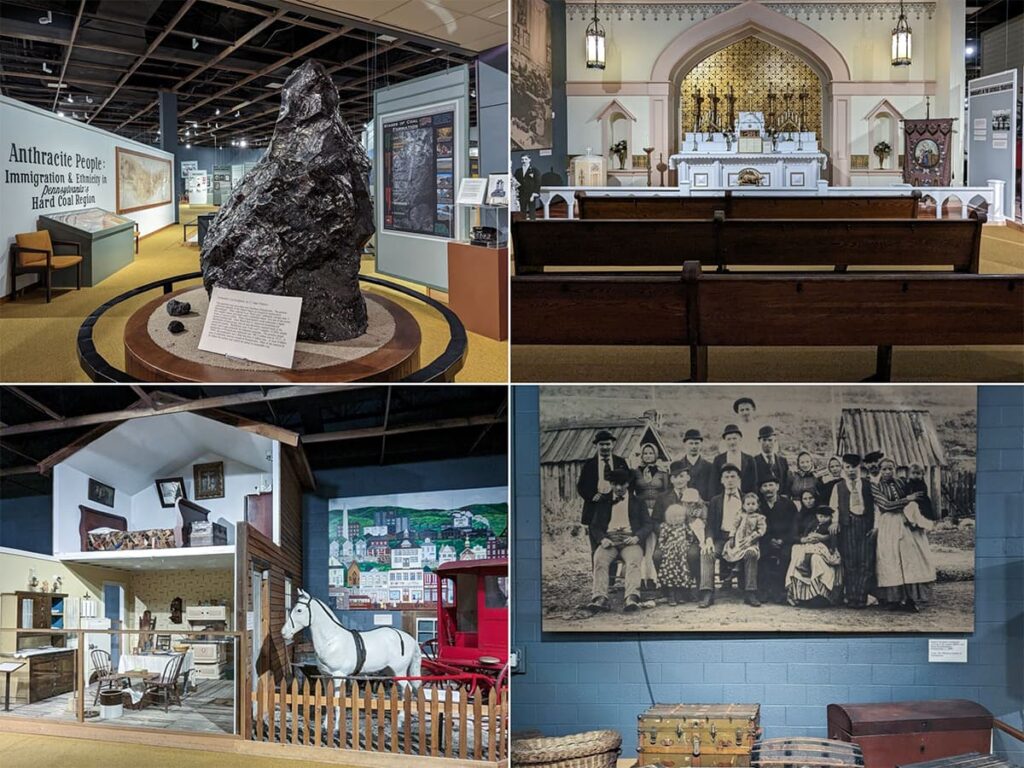
Steamtown National Historic Site is both a museum and an active railyard, located on the site of the former Scranton yards of the Delaware, Lackawanna and Western Railroad (DL&W).
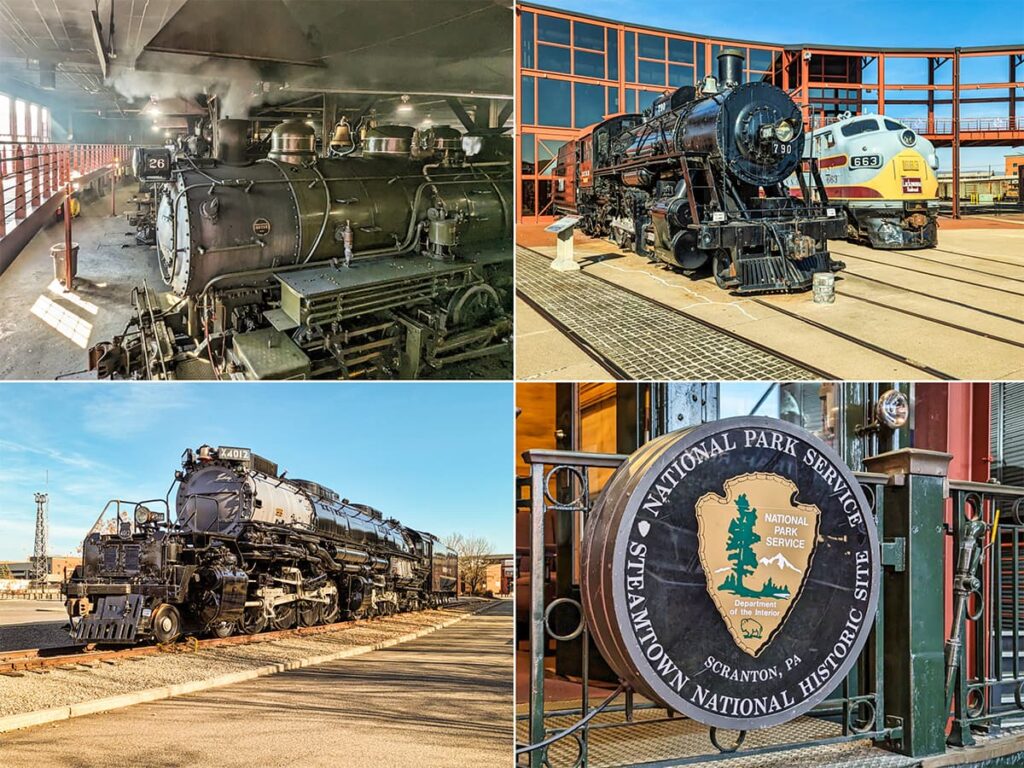
The Electric City Trolley Museum in Scranton offers a captivating journey into the heart of the city’s once-vibrant streetcar network.
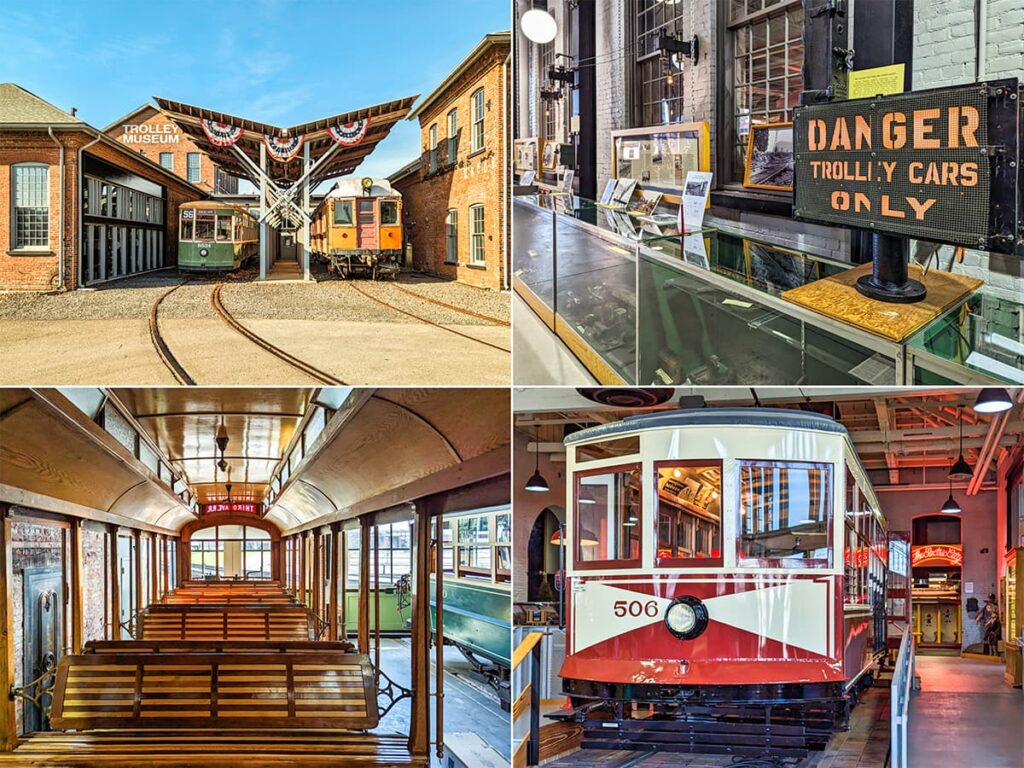
The Electric City Aquarium and Reptile Den in Scranton is a must-see for lovers of all things aquatic and reptilian.
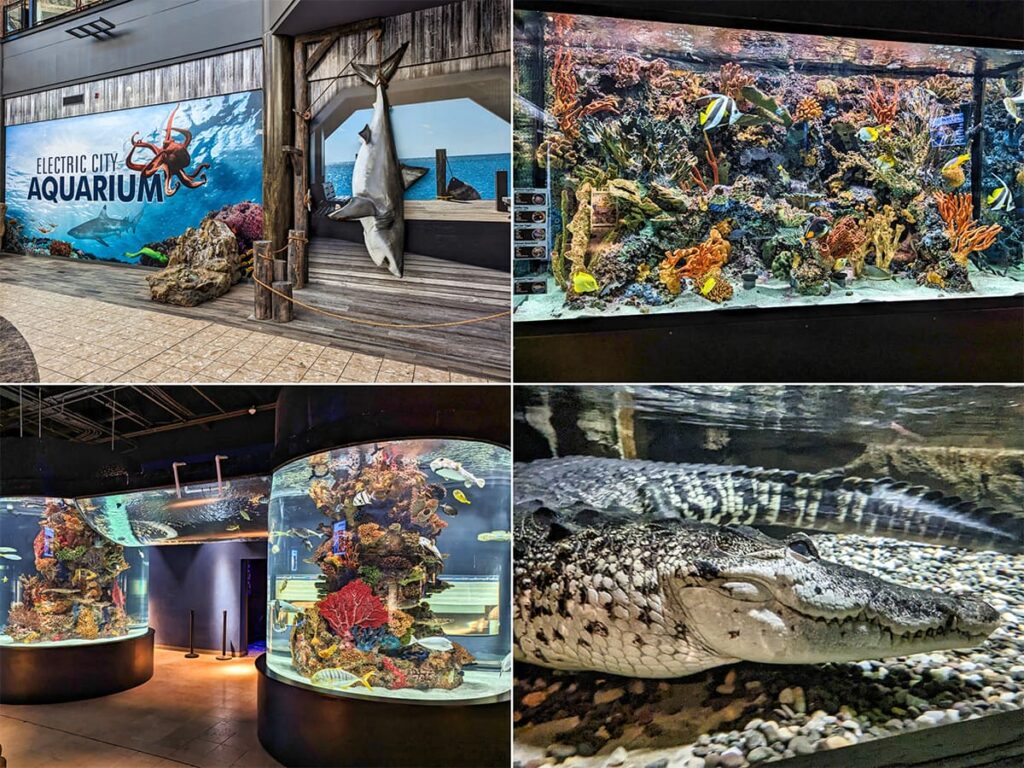
The Everhart Museum is a natural history, science, and art museum founded in 1908 by Dr. Isaiah Fawkes Everhart, a prominent Scranton physician and passionate naturalist.
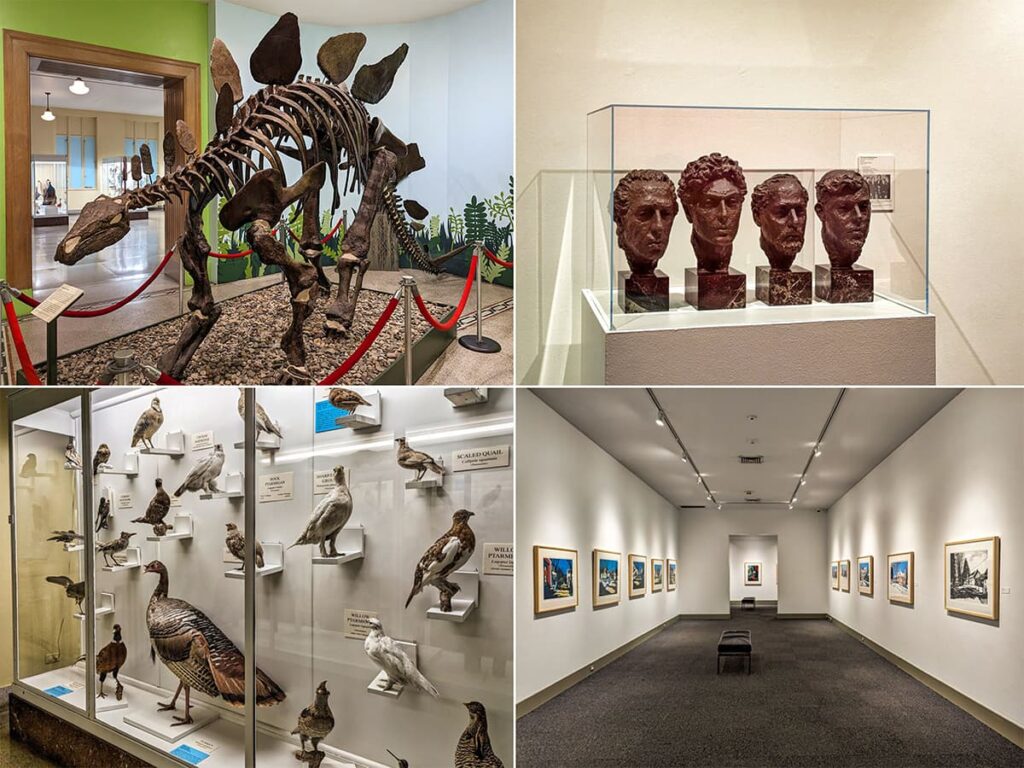
Nay Aug Falls is a rarity in Pennsylvania, in that it is located in and owned by a city (in this case – Scranton).
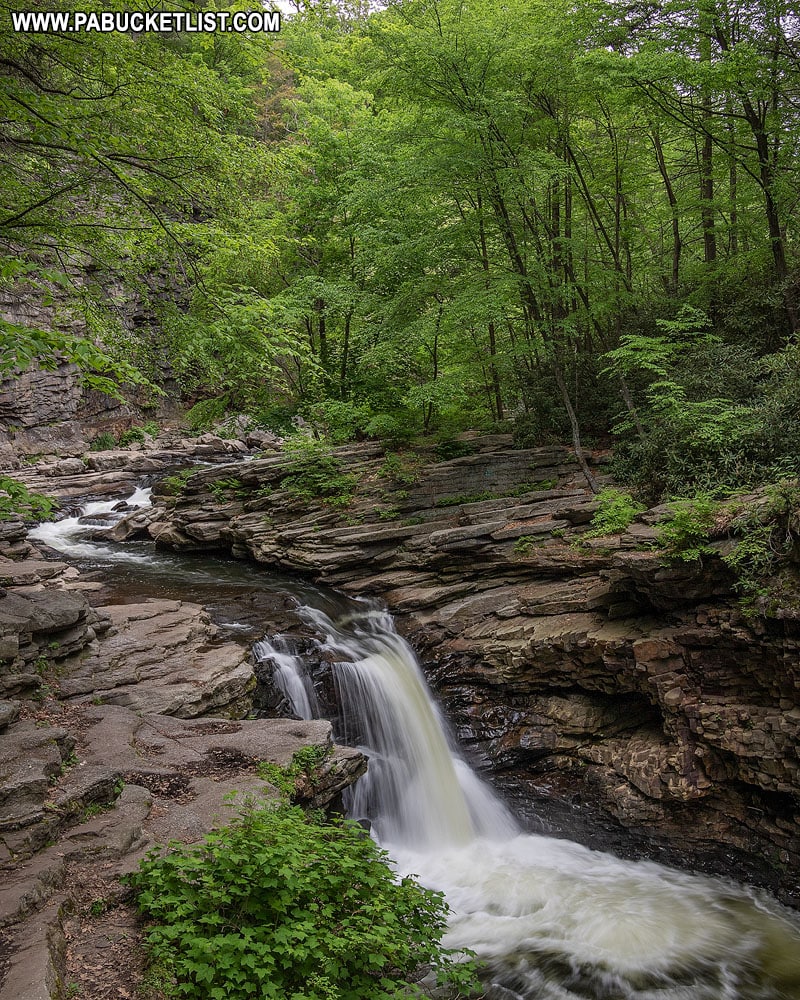
The Scranton Iron Furnaces stand as a monumental emblem of the city’s industrial past, dating back to the 19th and early 20th centuries, when Scranton was a thriving center of iron production.
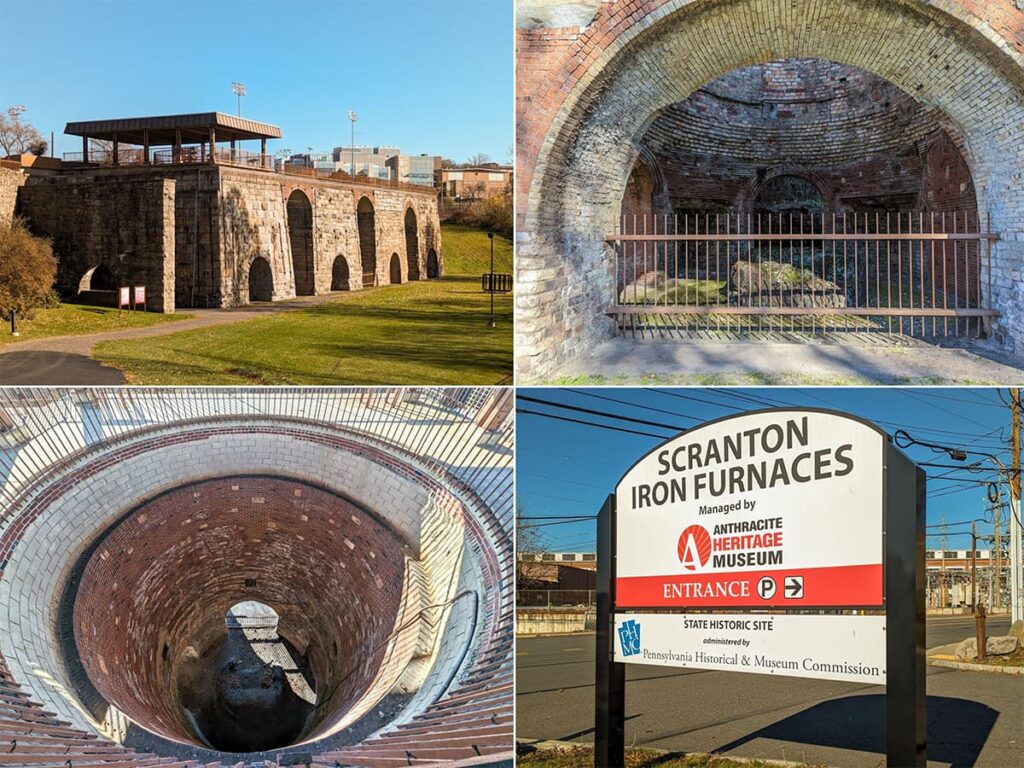
Did you enjoy this article?
If so, be sure to like and follow PA Bucket List on Facebook, Instagram, and/or Pinterest to learn more about the best things to see and do in Pennsylvania!
Click on any of the icons below to get connected to PA Bucket List on social media.


